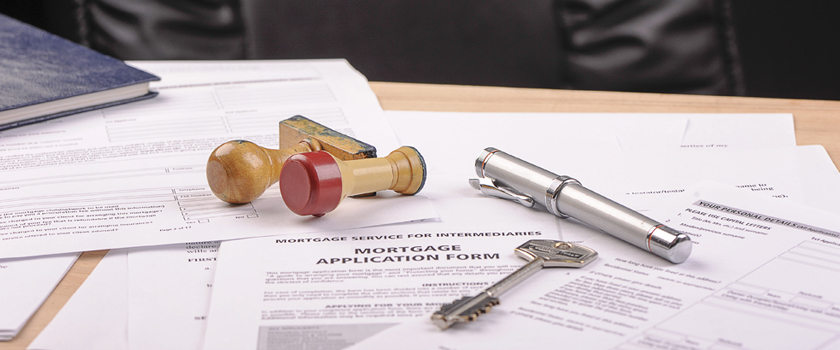2025 Offer Request a Quote Today and Grab a $50 Coupon for Free!
Oceania is a region that includes Australasia, Melanesia, Micronesia, and Polynesia. Oceania covers a land area of 8,525,989 square kilometers which includes the eastern and western Hemisphere. It has a population of over 41 million. As compared to the other continents, the oceanic region is the smallest one in the land area and the second smallest population-wise after Antarctica.
Europeans explored Oceania for the first time during the 16th century. The foreign settlers came to Australia around 60,000 years ago. The pacific front region has also witnessed the action during the second world war. It was between Allied powers of the United States and Australia with Axis power Japan.
1. Micronesia is on the west side of the international date line and north of the equator. It also covers the Mariana Islands in the northwest including the marshal Islands to the west and the islands of Kiribati are in the southeast of Micronesia.
2. Melanesia is to the southwest of Oceania. It has New Guinea to its southwest which is the world’s second-largest island after Greenland and is by far the largest island of the Pacific Islands. The other major Melanesian regions from north to south are the Maluku Islands Archipelago, the Bismarck Archipelago, Soloman Islands, Santa Cruz, Vanuatu, Fiji, and New Caledonia.
3. Polynesia is the next region in line, which stretches from Hawaii in the north to New Zealand in the South. It also includes Tuvalu, Tokelau, Samoa, Tonga, and the Kermadec Islands to the west, the Cook Islands, Austral Islands, and Austral Islands in the center.
4. Australasia consists of Australia, New Zealand, the islands in the Pacific Ocean including New Guinea. Australasia lies on the Indo-Australian Plate with the India occupying southern area.
Oceania has quite a diverse mixture of economies. It starts from highly developed and globally competitive financial markets of Australia, New Zealand to moderate economies of New Caledonia, French, Polynesia, and Hawaii. The countries of Oceania also have a good ranking in the quality of life and human development index. The ranking is the same to little less developed economies such as Papua Guinea, Indonesian New Guinea, Kiribati, as well. The region also includes the medium economies such as the economies of the Pacific Islands such as Palau, Fiji, and Tonga. The largest country with a high population is Australia and Sydney is the largest city in the region.
The most important and dominant religion in the region is Christianity. According to a survey 96% in Polynesia, 93% in Micronesia, and 92% in Melanesia tell themselves as Christian. Other traditional religions include animists (places, objects, and creatures possess particular spirituality) and atheism(no religion). Talking about New Zealand, a recent census declared 37% of the New Zealanders told themselves Christians and 48% of them claimed about having no religion. As for Australia, 52% of them showed their affiliation with Christianity. The remaining statistic includes 30 % of them having no religion.
Some of the other important religions in Oceania are Islam, Hinduism, and Buddhism which are important minority religions in Australia, New Zealand. The settlers also practice Sikhism, Jainism, and Judaism.
Oceania being a diverse and culturally rich region has three major geographic books
1. The large Austronesian language family
This family includes languages such as Indonesian Malay, and Oceanic languages such as Gilbertese, Fijian Hawaiian
2. The Aboriginal Australian languages
This category includes the Pama-Nyungan family.
3. The Papuan languages of New Guinea
It has languages of New Guinea and neighboring islands, including a large Trans-New Guinea family.
The colonial languages include English in New Zealand, Australia, Hawaii, and most of the other territories. The states of New Caledonia, French Polynesia, Wallis, Vanuatu use French as their language. in the Easter and Galapagos Islands, they speak Spanish. It is Japanese for the Bonin Islands. A mixture of Creoles (Development of a new natural language after mixing of regional and colonial languages) is also in use in the region. Most of the Creole was formed from the Malay and colonial languages with other languages such as Tok Pisin, Bislama, Chayacano. The interaction between Austronesian and Papuan resulted in a number of examples, one of these is Maisin.
Thousand of the immigrants who had chosen to settle in Australia New Zealand and other regions brought their languages with them. These languages include Mandarin, Hindi, Arabic, Italian, German, Spanish, and Russian among many others.
In the Australian landmass which is southwest of the region, the climate is desert most of the time or semi-arid with the coastal ends of the southern side experiencing a temperate climate that could either be oceanic or humid. The northern part of the country has a tropical climate. People of Victoria, New South Wales, Tasmania, and the Australian Capital territory often enjoy snowfall on the highlands near the east coast.
New Zealand mostly experiences all four seasons. The weather could vary from extremely wet to almost semi-arid. Snow falls at higher altitudes on the North Island. However, it is an extremely rare site at sea level.
The highest temperature ever in Oceania was recorded in Oodnadatta, South Australia back in January 1960 which was 50.7 °C. The lowest temperature was -25.6 °C in Otago in 1903 with a more recent of -21.6°C in 1995.
The wettest settlement in Ocean is islands in Micronesia and also considered one of the wettest places on the planet.
Oceania has fourteen countries on the list. Australia and New Zealand stand tall as the relevantly bigger economies in the Oceanic region. The details about the languages, climate, and religion of the Oceanic region are also shared with their brief details.

Language variations are quite noticeable every few miles, reflecting the unique identity of each region. Talking about India, the country
Read more
The term ‘woke’ has come from the black culture and now it has been removed from its origin after it
Read more
Mars Translation provides high quality and professional Certified French Translation Services all over the world. We have a team of
Read more
Mars Translation provides one of a kind professional Chinese Document translation services all over the world. All of MT’s translators
Read more
MarsTranslation provides one of a kind Chinese Legal Translation Services. We have a team of native Chinese linguist who specialize
Read more
Chinese Certified Translation services is one of the most asked for service at MarsTranslation. We believe in providing quality services
Read more
Mars Translation is one of the fastest growing companies in the translation industry. This is the reason why we pay
Read more
MarsTranslation has a huge team of website translation specialists in more than 230 languages. Our translators are constantly supported by
Read more
Mars Translation provides high quality and professional Certified Spanish Translation Services all over the world. We have a team of
Read more

